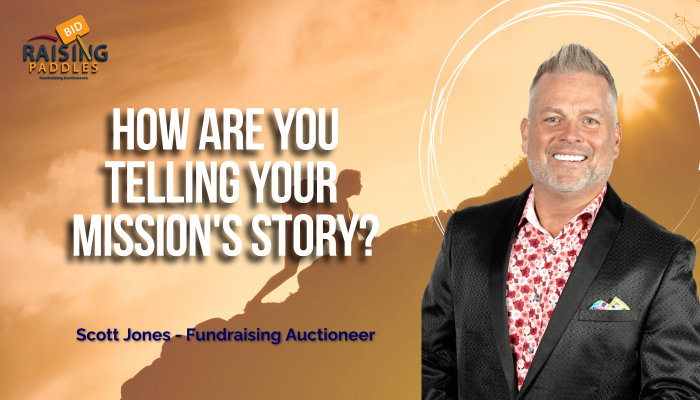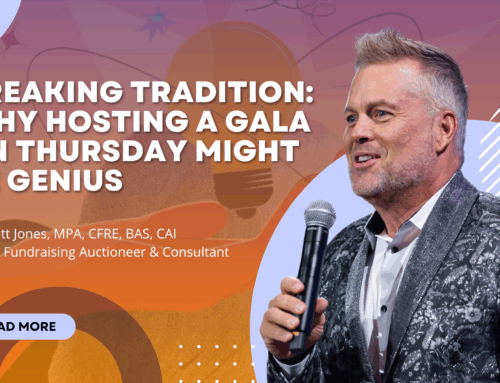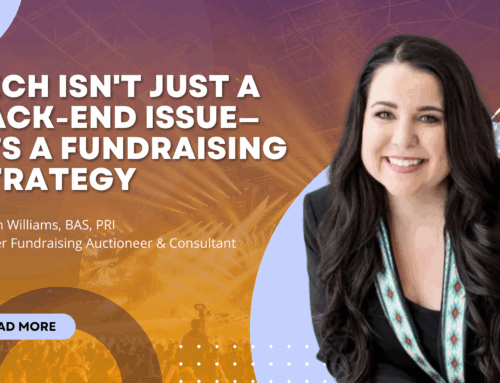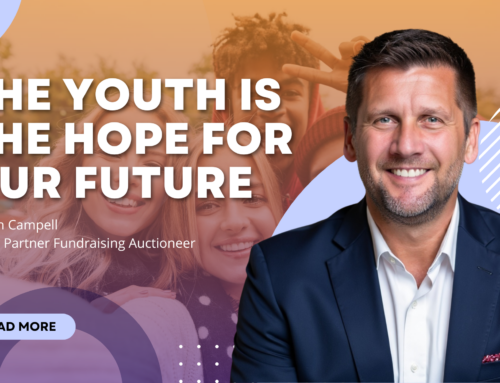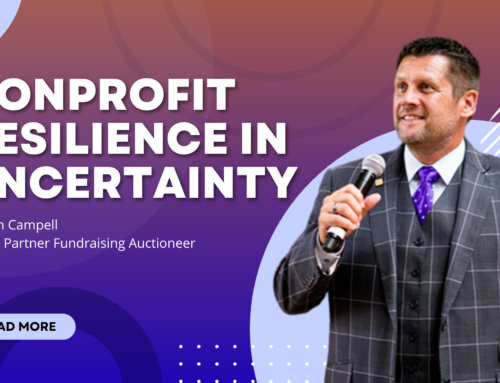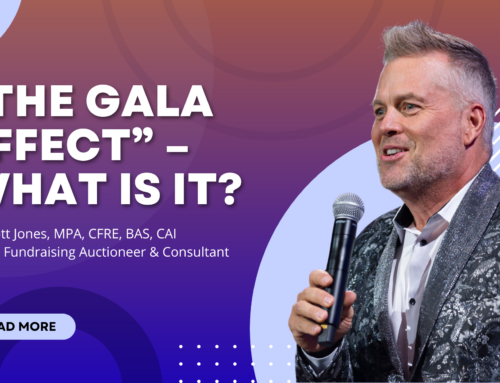By: Scott Jones, MPA, CFRE, CAI, BAS
Effective storytelling is a powerful tool for nonprofit fundraisers, transforming statistical data and white paper narratives into compelling stories that resonate with donors on an emotional level. The key is to simplify the message, making it as digestible and appealing as a ‘juicy cheeseburger’ rather than an unpalatable ‘kale salad.’ By focusing on what both the nonprofit and the donor care about and expressing it in simple terms—or ‘talking in crayon’—the message becomes relatable and engaging.
Conflict is an essential element of storytelling, presenting donors with a problem that they can help solve. This is where emotions play a pivotal role, acting as the ‘love potion’ of fundraising. Emotional storytelling provides donors with the ability to become heroes in their own right, offering them the satisfaction of resolving a conflict. For instance, contrasting statements like ‘I am blind, please help’ with ‘It’s a beautiful day and I can’t see it. Please help,’ evoke different emotional responses, with the latter creating a more vivid picture of the individual’s plight, thereby fostering empathy and a stronger connection.
The narrative structure should be carefully crafted, starting with a hook that piques interest, followed by a build-up that provides background information, and culminating in a payoff that leaves the audience with a piece of wisdom or a call to action. This structure not only creates empathy but also guides the donor through an emotional journey that mirrors the experience of a personal field trip.
Simplicity and elegance in storytelling are crucial; it’s important to resist the urge to overload the donor with information. Instead, focus on creating a narrative that includes relatable characters—be they puppies, kittens, or children—characters who are proactive, perhaps humorous, shrouded in a sense of mystery, or faced with tough moral choices. These elements make characters more relatable and stories more memorable.
Organizations like Girleffect.org demonstrate the effectiveness of using video to tell stories that engage donors by making them part of the narrative, often through the use of the word ‘you.’ This approach personalizes the experience, making the story about the donor’s journey as much as it is about the nonprofit’s mission. Watch the YouTube video: The girl effect: the clock is ticking
It’s important to remember that statistics can often suppress emotional responses. Instead, embracing our shared humanity, with all its weaknesses and vulnerabilities, can quickly build an emotional bridge to donors. This vulnerability is what draws people together, creating a sense of community and shared purpose.
In conclusion, effective storytelling for nonprofit fundraisers is about more than just raising money; it’s about creating a connection that transcends the transactional nature of giving. It’s about inviting donors into a story where they can make a tangible difference, one that aligns with their values and your mission. By harnessing the power of emotions and keeping the narrative simple yet profound, nonprofits can inspire action and foster lasting relationships with their donors.

